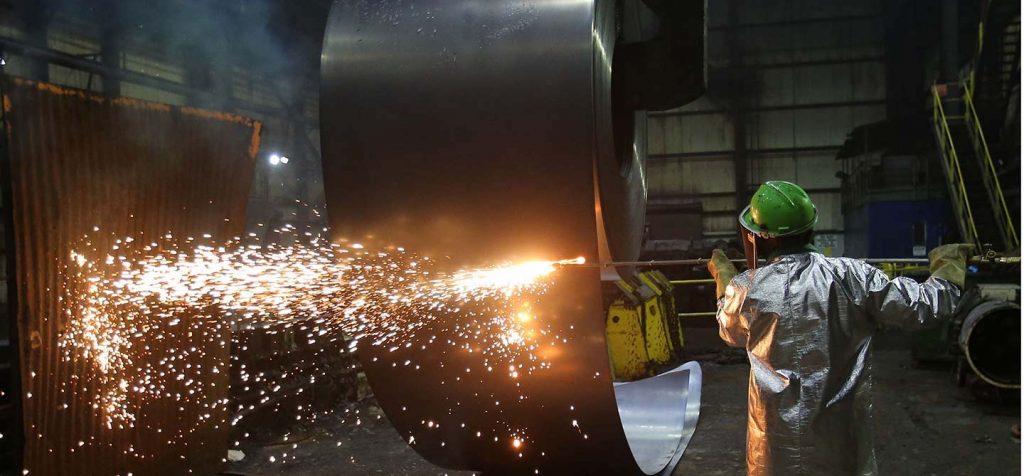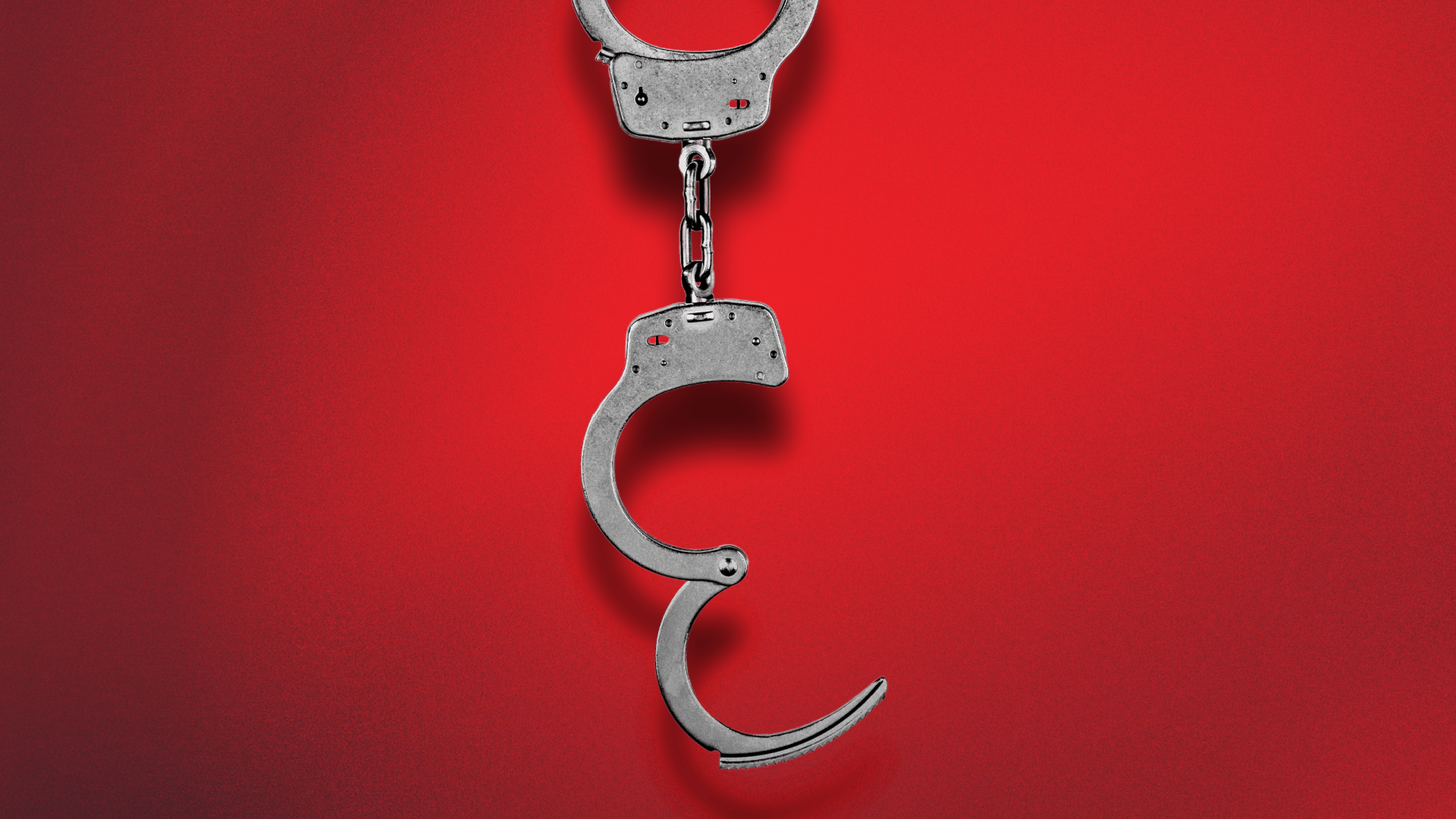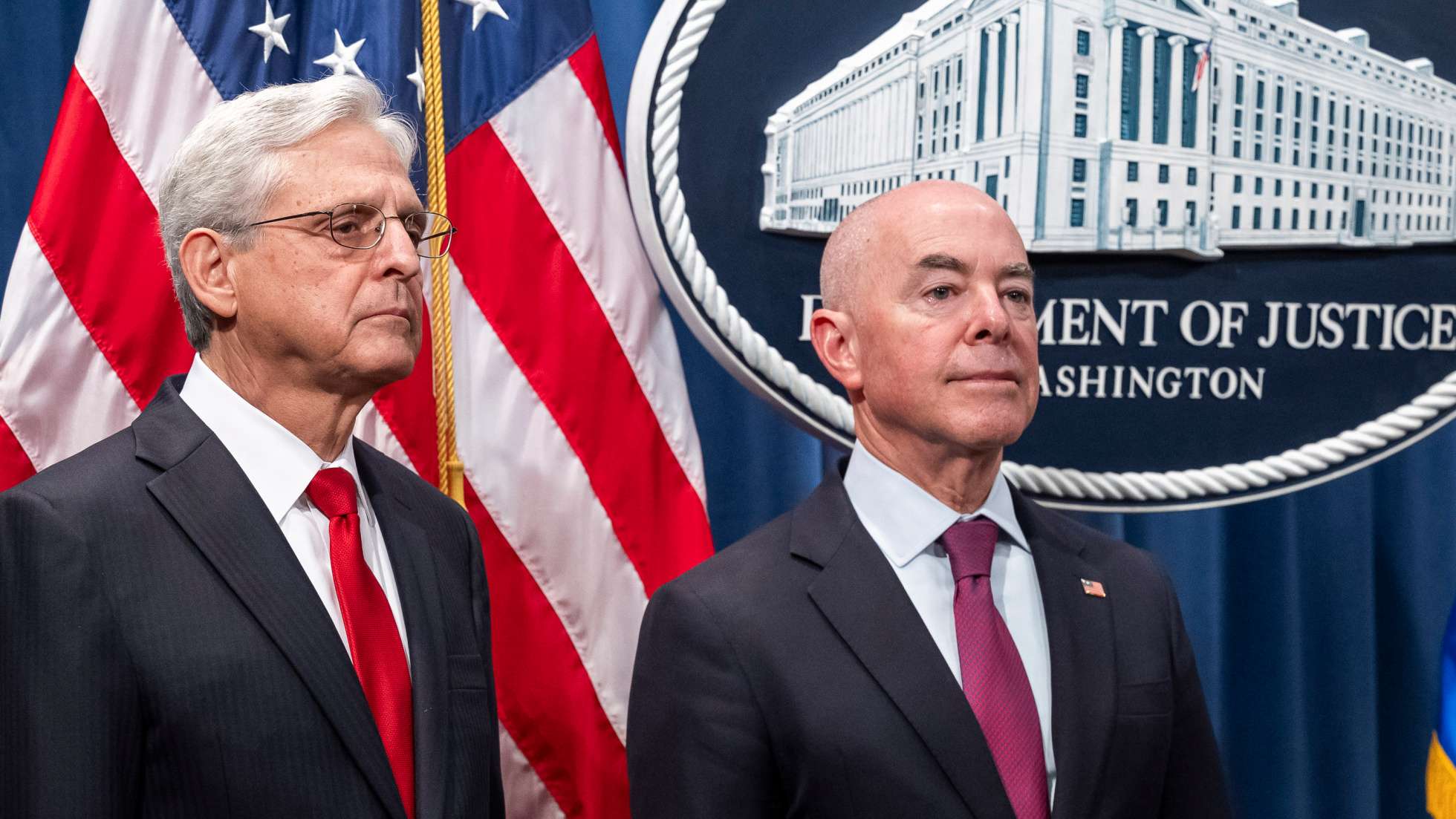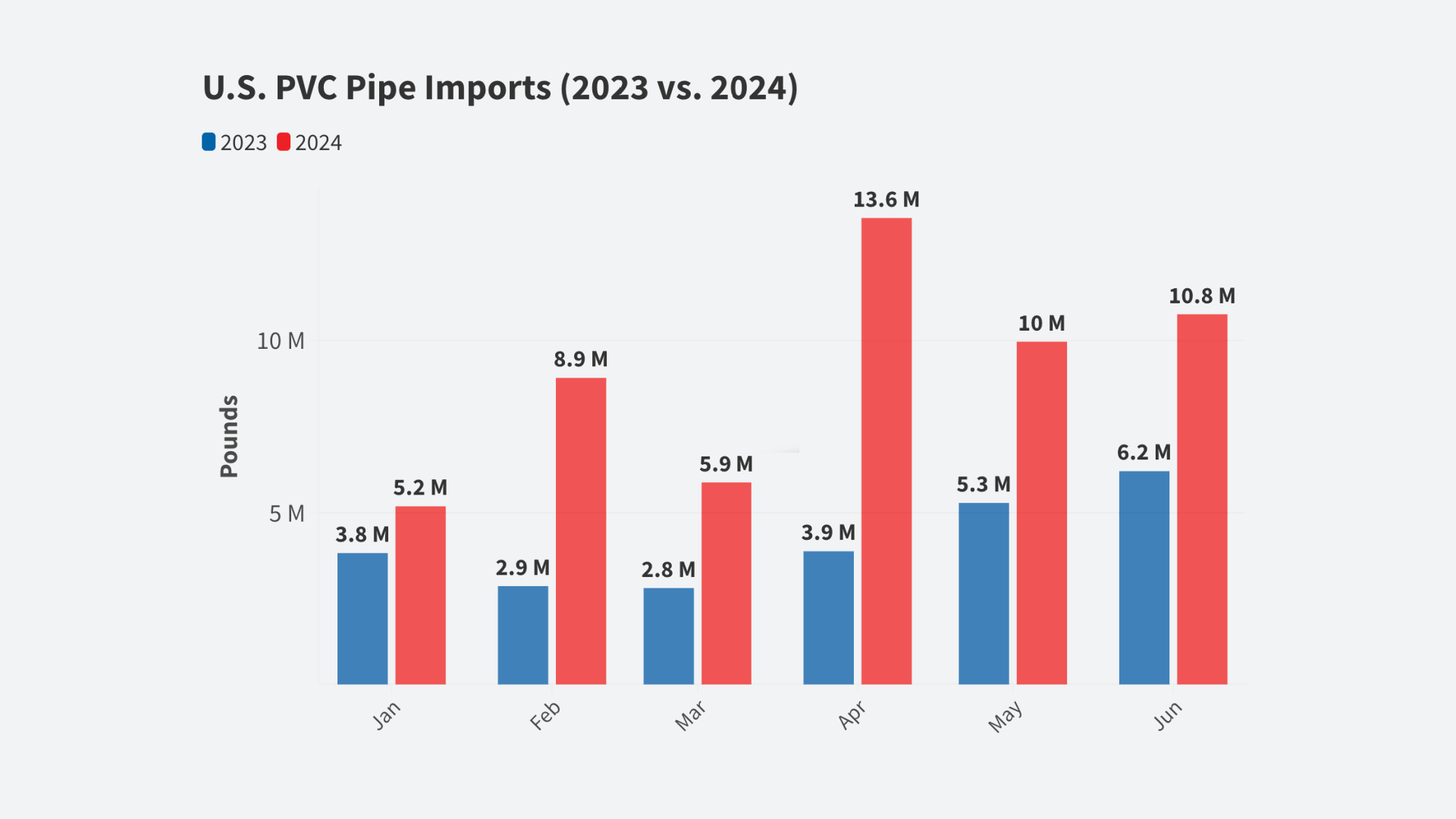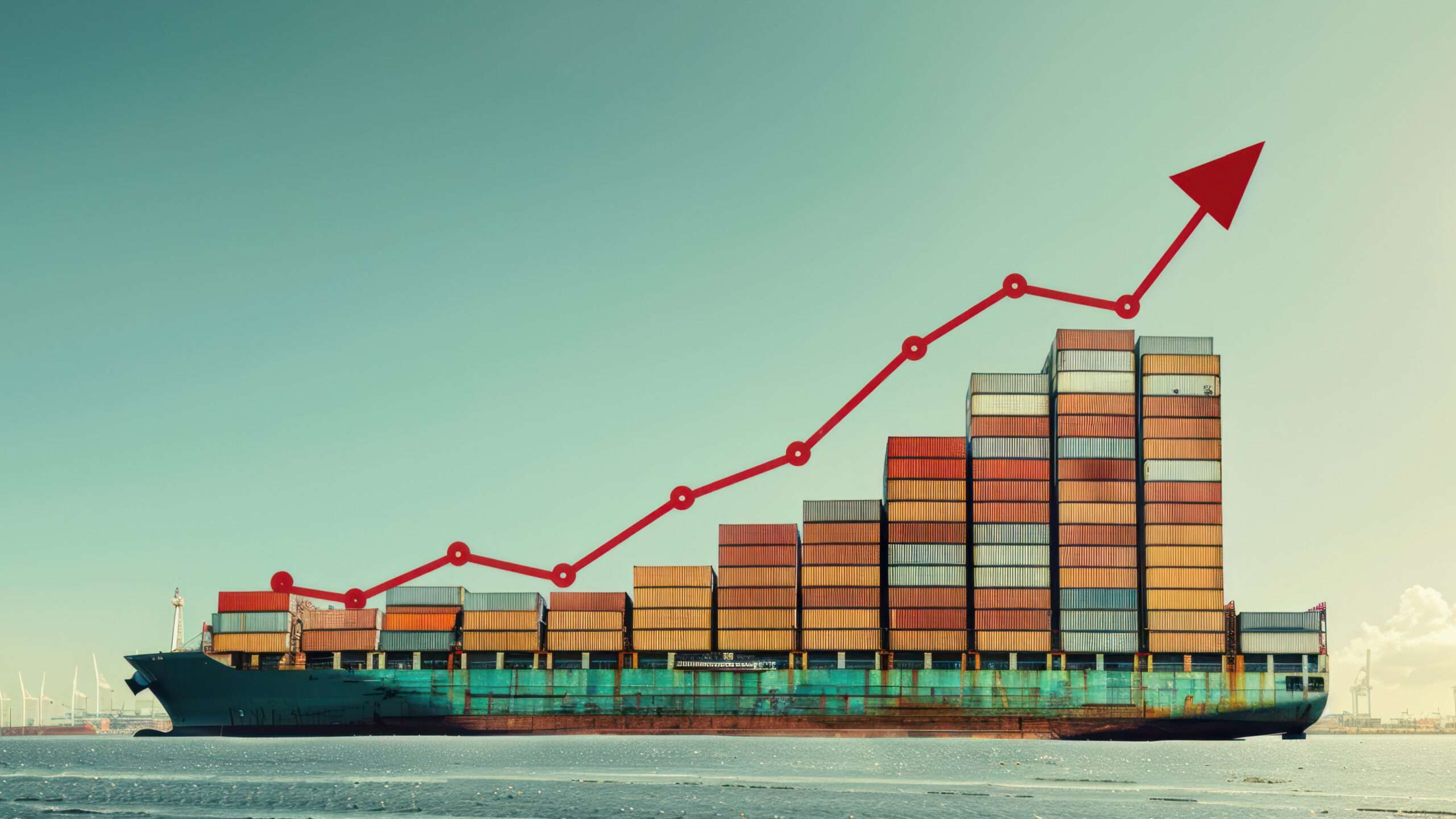Editor’s note. This is an excellent article showing how China developed its steel industry and overcapacity as a foundation for its economic and manufacturing growth. All with state control, strategy, subsidies, denials, and concealment of intentions.
China was leaving behind decades of deep poverty when Vice Premier Deng Xiaoping flew to Japan in 1978 to seal a historic peace treaty between the two nations. Mr. Deng’s trip featured a lower-key, but equally important visit—to a state-of-the-art plant owned by Nippon Steel Corp.
[Chuin-Wei Yap | December 24, 2018 | WSJ]
The Japanese steel mill was seen as the model for a manufacturing beachhead China wanted to build in Shanghai, called Baosteel. It was the linchpin of plans to transform China’s agrarian economy into an industrial powerhouse.
Baosteel’s initial price tag was steep, $6 billion, equal to 36 times China’s foreign-exchange reserves at the time. Mr. Deng’s response became national lore: “If we want to do this, let’s do it big.”
Mr. Deng, who died in 1997, never got to see how big. At the time of his visit to Japan, China produced 4% of the world’s steel. This year, China is on track to produce more than half, a record 923 million metric tons, according to government estimates. It overtook the U.S. in steel production in 1993, sped past Japan in 1996 and last year produced three times as much steel as the U.S., Russia and Japan combined. Steel made its shipbuilding and auto-making industries into the world’s largest.
In the U.S., China’s steel is used for everything from bridges and oil pipes to home appliances and cutlery.
China’s emergence as a steel powerhouse over four relentless decades, driven by global demand and supported by government subsidies, cheap loans and tax breaks, helped the country become the world’s second-largest economy from one of the poorest. It’s also one of the main drivers of trade tensions coursing through the global economy.
Invoking national security, President Trump in March levied 25% tariffs on all steel imports. The Commerce Department said this year that steel imports, singling out China’s, were responsible for closing half the steelmaking furnaces in the U.S. since 2001 and reducing steel-industry employment by 35%.
“Free markets globally are adversely affected by substantial chronic global excess steel production led by China,” the department said. “China is at the heart of the crisis.”
U.S.-China trade tensions continue at a slow boil. An agreement this month between Mr. Trump and Chinese President Xi Jinping signaled a temporary cease-fire while negotiations continue.
For anyone wanting to understand how China became dominant in steel, and the global repercussions of that transformation, the story of Baosteel provides answers. Renamed officially as China Baowu Steel Group Corp., it is the world’s second-largest steel producer, trailing only ArcelorMittal SA . The company’s sprawling complex sits at the mouth of the Yangtze River, ringed by dusty highways and 10-foot-high walls. It has become a familiar target in China’s yearslong clash with foreign competitors and regulators in Europe, the U.S. and at the World Trade Organization.
Within months of the Japan visit, Mr. Deng became China’s top leader, and Baosteel broke ground with a balloon-festooned parade at Baoshan—literally “treasure mountain”—an area seven times the size of Manhattan. State media photos show a sea of helmeted workers surrounding a stage of officials.
“China should eventually be able to develop a steel industry comparable in size to the steel industries of the U.S., the Soviet Union and Japan,” the CIA forecast in 1979, in a report declassified decades later. That turned out to be an underestimate.
At first, China capped its steel exports at 10% of Baosteel’s production, seeking to guarantee domestic supplies. “China in the early 1980s did not plan to compete in international steel market anytime soon,” said Chae-Jin Lee, a historian who wrote about Baosteel’s early years.
Then China discovered how exports helped to accumulate hard currency, and the export cap was lifted by the late 1990s. The spread of state-owned mills to all 23 of China’s provinces helped steel exports to now account for a quarter of the world-wide total.
Soon after China bet its economic future on trade, other countries leveled accusations of its dumping, or selling products abroad at prices below production costs, in products from detergent to solar panels to ironing boards. A third of trade complaints against China since 2001 by the world’s largest economies, the Group of 20, relate to dumping steel products.
By 2016, China’s steel industry employed about five million. That lifted workers from the brutal vagaries of farming to the security of state-owned mills that often provided free or subsidized housing, hospitals and schools.
The industry built shipping empires to ensure access to Australian coal and Brazilian iron ore used in steelmaking and tripled the size of the nation’s rail network between 1975 and 2017 to speed China’s industrial boom.
China’s steel-production surge drove down global prices a jaw-dropping 57% from 2011 to 2015, triggering tens of thousands of layoffs around the world. Steelworkers in 2016 encircled the European Union headquarters in Brussels, demanding action to curb Chinese dumping.
Around that time, during the U.S. presidential campaign, Mr. Trump spoke out about imposing high tariffs on “predatory” Chinese steel imports.
Beijing said the U.S. supported trade protectionism, and that China was defending free markets.
China’s steel mills were indistinguishable from the state for decades, run by central planners and buoyed by free land, cheap energy, government capital and low-interest loans.
For years, the arrangement was of little interest outside the country. That changed when China joined the WTO in 2001 and enjoyed sharply lower tariffs for its products. Over the next five years, China’s net exports rose to 8% of gross domestic product from around 2%, official data show. Low-wage workers surged from farms to factories in China’s industrialized cities.
The rich menu of subsidies helped China’s steelmakers set prices 20% to 40% lower than the U.S., analysts said. U.S. regulators made their first move against Chinese steel imports in 2006: An investigation found that Beijing provided subsidies on pipes of between 30% and 45% of the product’s value.
China’s Commerce Ministry denied the charges and said it was a “scapegoat of trade protectionism.” It didn’t respond to a request for comment.
China agreed when it joined the WTO to fully disclose subsidies. It was required to report every two years the subsidies from both central and local governments. Five years passed before China submitted its first report, which included only central-government subsidies.
Beijing didn’t provide an accounting of local-government subsidies until 2016, which, the U.S. delegation pointed out, was 15 years late. China has yet to provide the WTO with the full value of its subsidies.
Private-sector analysts believe the subsidies are far larger, likely in the “hundreds of billions of dollars” since 2000, according to Usha Haley, a professor at Wichita State University who has studied Chinese steel subsidies.
“Thousands of Chinese steel companies list the subsidies they receive from central and provincial governments as parts of their profits—sometimes to the tune of 80% of profits,” Ms. Haley said. China’s official data said revenue from mills totaled $5.6 trillion from 2001 through 2017.
China said in a WTO filing this year that it made a best effort to provide clarity on subsidies, but the rules didn’t clearly define local-government subsidies.
In 2016, U.S. officials conducted a six-month probe in response to complaints from the American steel industry. They concluded that China provided subsidies on corrosion-resistant steel products, including those made by Baosteel, equal to about 40% of sales value.
Baosteel denied the accusations in a statement at the time, saying its operations are based on “market forces.”
For now, China’s mill workers are more worried about layoffs than the impact of U.S. tariffs. They often gather to read about global industry developments posted on bulletin boards, and bosses give briefings.
Beijing, facing depressed global prices and growing debt, has forced the closure of smaller mills. The government aided Baosteel by pushing a merger with its largest rival, Wuhan Iron and Steel Group Co., in 2016, nearly doubling Baosteel’s capacity.
Baosteel, which exports to 40 countries, provides steel to many of the Chinese companies that dominate the infrastructure of global commerce. The mill is the biggest supplier to China International Marine Containers Group Co., a state-owned enterprise that makes half the world’s freight containers.
The company looks next to dominate the manufacture of container chassis that trucks tow on highways across the U.S.
“Our company was actually involved in pioneering both containers and container chassis in the 1970s,” said Frank Katz, chairman of Pennsylvania-based Cheetah Chassis Corp. “Today, nobody builds containers in the U.S. They’re all built by CIMC in China. And recently, CIMC decided that they were going to come after the container chassis business.”
Baosteel also supplies Shanghai Zhenhua Heavy Industries Co., another state enterprise, which makes 70% of the world’s port cranes.
John Wolfe, chief executive of The Northwest Seaport Alliance, which manages cargo operations at the ports of Seattle and Tacoma, Wash., said “there is no equivalent U.S. manufacturer of ship-to-shore cranes, and there are few alternatives to Chinese manufacturers globally.”
The Alliance was granted a tariff exemption by the U.S. Trade Representative’s office, allowing the delivery in coming weeks of four cranes on order.
Baosteel provided the steel that Zhenhua used to build newer sections of the San Francisco-Oakland Bay Bridge.
At least once a month, in a redbrick office at Sherrill Manufacturing Inc., the last remnant of what was once the world’s largest steel flatware factory, chief executive Gregory Owens opens Amazon.com Inc. and sifts through the offerings of his competitors.
In the dozen years since he and his business partner Matthew Roberts took over the ailing business, Mr. Owens has watched an avalanche of forks, knives and spoons land in the U.S. from abroad.
China went from providing 20% of U.S. flatware imports in 1996 to 67% last year. Department stores that used to feature such American brands as Oneida and Lenox have increasingly turned to generic flatware made in China.
At trade shows, Mr. Owens saw the Chinese evolve over the years from unsophisticated sellers in small booths to star brands on the main floor.
“We had to completely reinvent ourselves,” he said. Mr. Owens’s company has played up its made-in-America brand and trimmed marketing costs by selling to customers online.
On Amazon, Mr. Owens said, he sees new sellers with few reviews, imperfect English and good-quality products—clues the newcomers are Chinese flatware makers trying to expand beyond retail stores.
He is right. Among the brands Mr. Owens noticed was Artaste, flatware made by a Chino, Calif., company with factories in China’s eastern province of Shandong.
For its owner, Liu Yunxing, the U.S. has provided a triumphant career. His Cangshan brand of high-end stainless-steel knives were selected in October for a partnership with Michelin-starred chef Thomas Keller to use at his restaurants, including the French Laundry in California’s Napa Valley.
The Chinese steelmakers that supply Artaste, Mr. Liu’s lower-end brand, include Baosteel. His top-end Cangshan line uses German and Swedish steel, he said, but Chinese mills are catching up
“I know Baosteel is good at some blade steel, too,” Mr. Liu said. “Potentially we will try it in future.”



